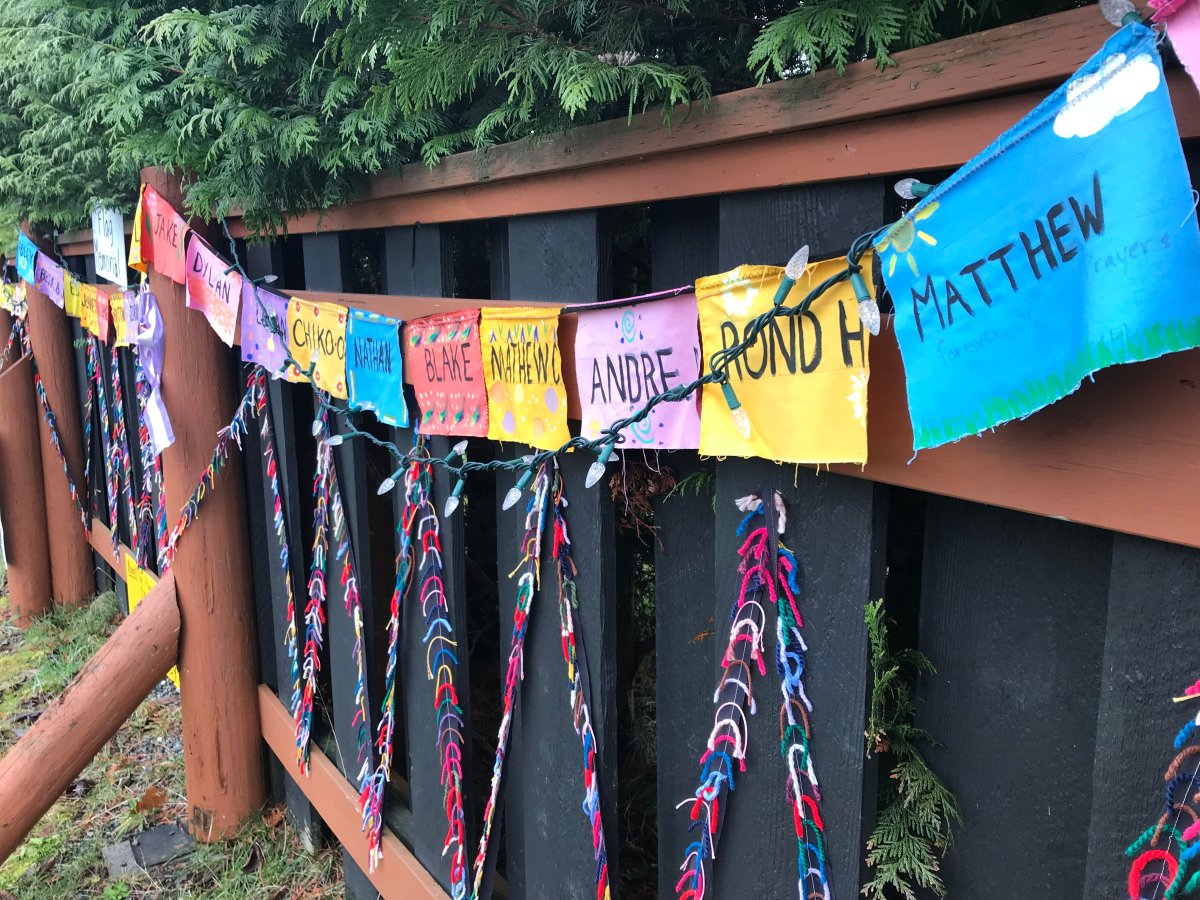On Nov. 5, 2017, a month after celebrating his 30 birthday, B.C. local Matthew Conway was found dead from a fentanyl overdose. The fitness trainer had developed a substance-use disorder years earlier following an accident that put him in an induced coma in the ICU for three days. He was given opioids to help manage his pain.

“Fitness was his outlet. He loved fitness and that was his way of trying to fight the demons of addiction,” says Matthew’s mother, Judith Conway. “He was a strong, handsome young man and he didn’t want anybody to know that he had problems. That’s why so many are dying alone, in their homes. It’s because of the stigma. The shame and everything that surrounds it.”
In partnership with the Ministry of Mental Health and Addictions, as part of their Stop Overdose BC campaign, we look at the stigma surrounding stories of people like Matthew in the face of B.C.’s opioid crisis.
Stop the blame
When Matthew died, he was working a full-time job, living with his girlfriend, and had recently spent time with his uncle working at a wilderness resort off Vancouver Island. His mother describes him as a leader and a manager who even helped others with their substance use, and notes that he had done rehabilitation in the past.
“In this day and age, the idea that people have to ‘hit rock bottom’ is unacceptable,” reads Matthew’s obituary. “Drugs are now so powerful, addictive and poisoned that rock bottom is almost certain death.”
Stop the shame
Seven or eight months following her son’s death, Conway had had enough of “the way the public constantly perceives people who have addictions challenges and people who have died.” She realized that a visual representation of the overdose emergency could help raise awareness of its impact. It was one day during church that the idea of a wall came to her, and so she set to work transforming her back fence, which faces a stretch of highway on Vancouver Island, into a 120-foot display.
On it, there are more than 100 flags with the names of people who have lost their lives to overdose in B.C., as well as nearly 4,000 pieces of twine—each representing a person who died from the record-breaking number of overdoses in Canada in 2017. Conway worked with Moms Stop the Harm, a network of Canadian families whose loved ones suffer or died from substance use, to bring the installation to life and it’s been getting media attention ever since.
“There is constant judgment, a constant stigma that surrounds this and so I decided to put up the fence,” she says. “I was sick and tired of people judging the situation. I was sick and tired of watching the news. I was sick and tired of listening to the increasing number of deaths and everybody still going, ‘Oh, well it was their choice.’ I was sick and tired of all that.”
In addition to creating the display, Conway also dealt with her grief by creating a support group for people who have lost loved ones to overdose. Even there she says the stigma is real.
“It’s still astounding the amount of times that new parents come into the group and they admit they haven’t told anybody how their child died. Like nobody knows,” she says.
“What does that mean? What does that say to you? These people won’t even tell people how their child died. And that’s from the stigma and shame.”
Stop the stigma
In B.C., four people die every day from an overdose, putting the province in the middle of the worst public health emergency it has seen in recent history. Conway and others feel the way to address the situation isn’t by treating it as a moral or criminal issue, but as a matter of health. She recalls pleading with doctors at the hospital at one point, begging them to keep Matthew and to help him but they refused, telling her they couldn’t do anything unless it was a matter of intended suicide.
“Would that happen after a heart attack?” she questions. “Parents are scared shitless out there right now. I know that because of the amount of people who have come to talk to me about that fence and the amount of people who say they are frightened.”
Originally Conway was only planning to keep the installation up for a month, but given the positive response and people who keep adding their own loved ones names to it, her new timeline is a year. Meanwhile, she—along with some local sponsors—have begun work on a second banner that’s been mounted on fabric in order to make it more transportable. She plans on hanging that display in various public arenas in the near future, hoping to spread the word and to end the stigma against substance use once and for all.
“I’ve heard from many people who are also very thankful that we are trying to break down the stigma and get people talking,” she says. “When Matthew died it was obviously completely devastating. It’s been almost a year and a half now and it still feels like yesterday. It’s just mind boggling that our son is gone.”
To learn more visit stopoverdosebc.ca
Watch Judith’s video here.


